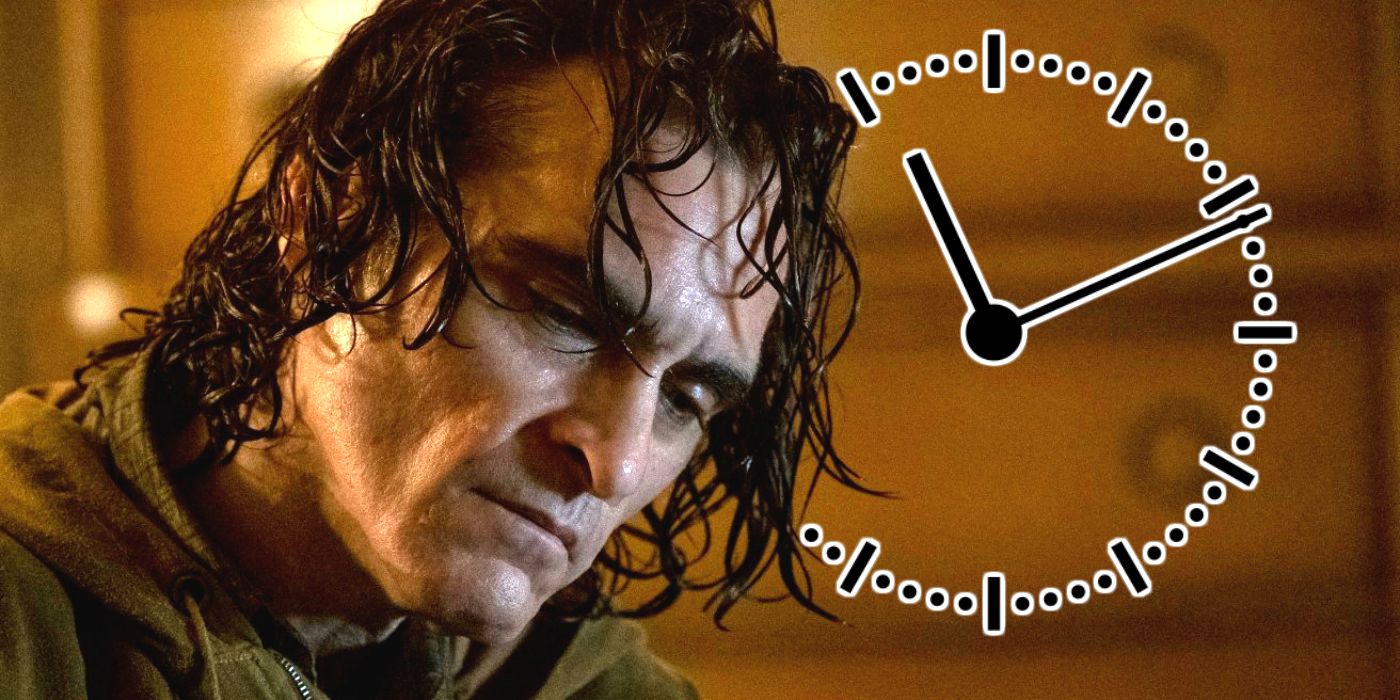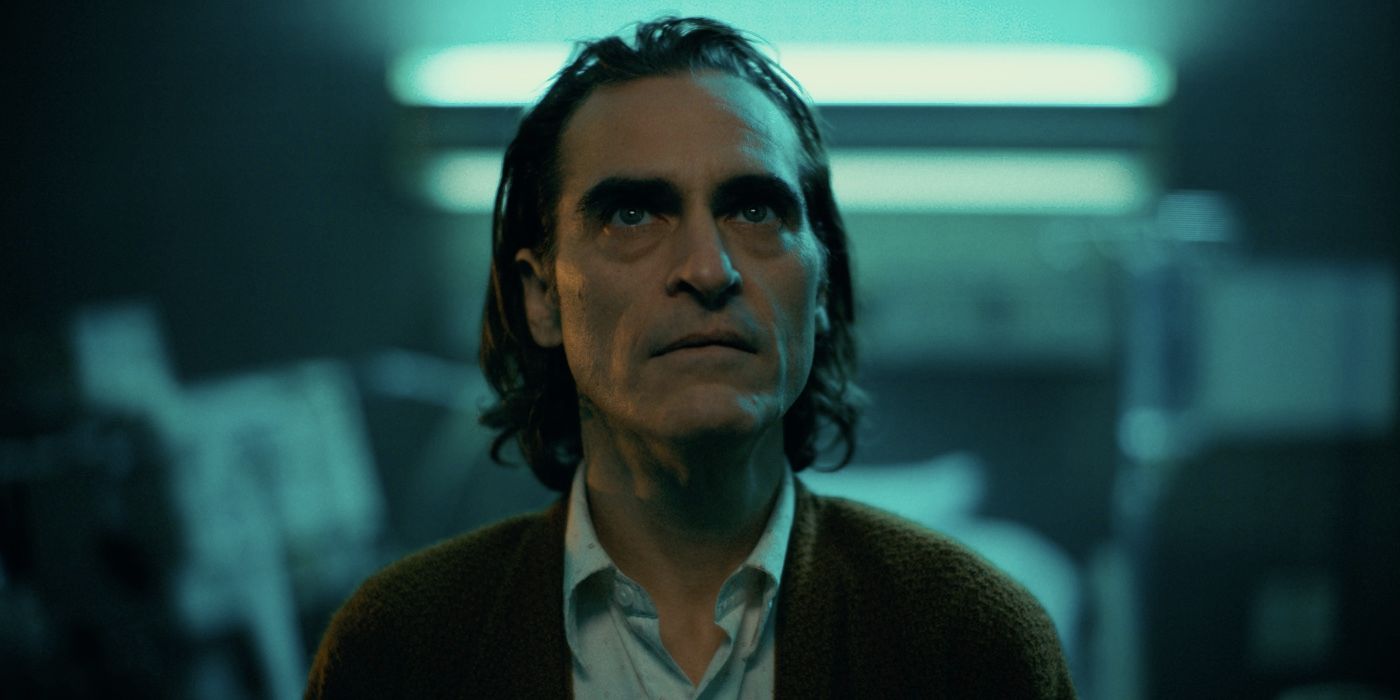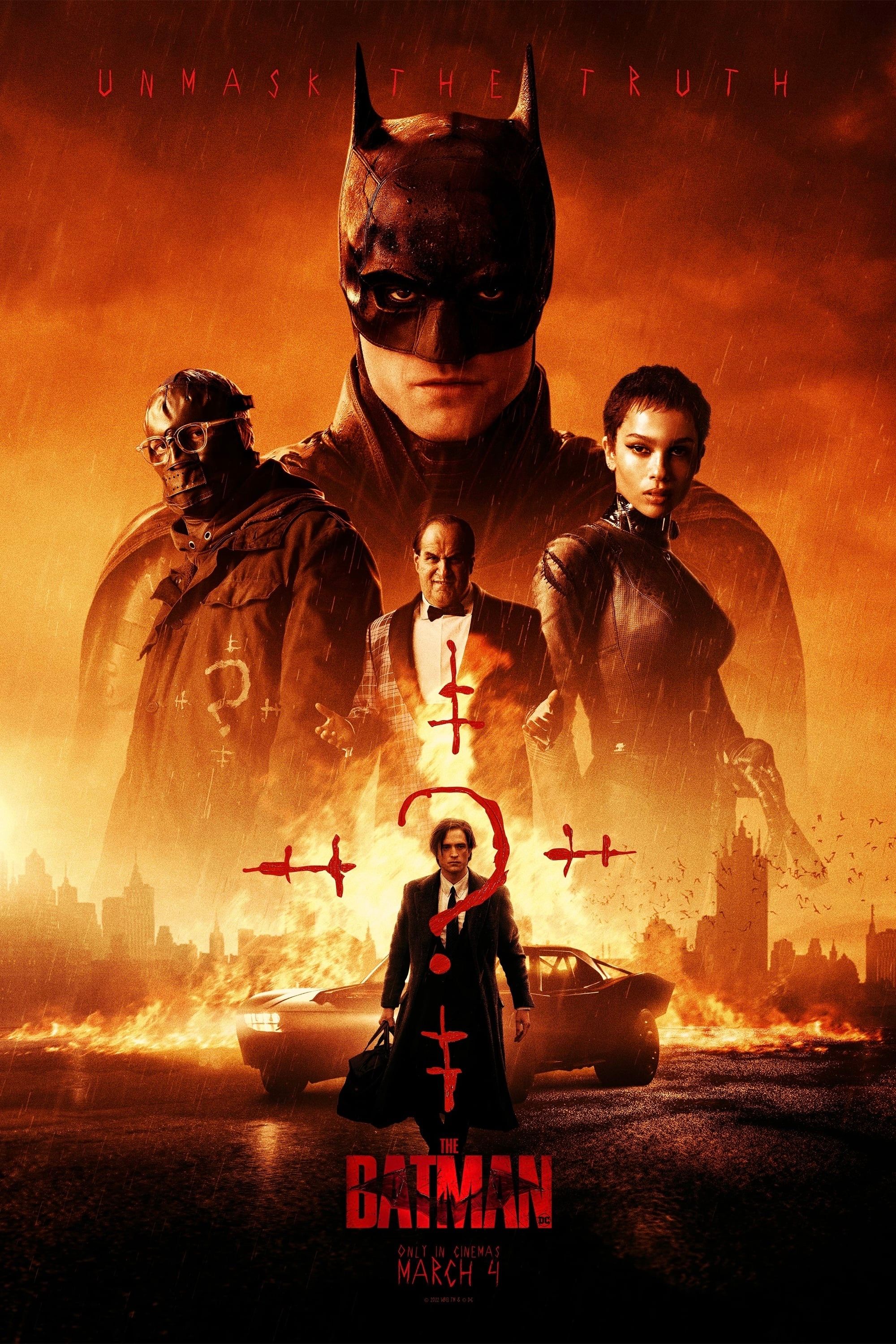Now that it’s out on different parts of the world, Todd Phillips’ Joker is surrounded by mystery and a lot of questions (and fan theories) regarding its ambiguous ending – did the riots and everything else truly happen or were they all in Arthur’s head? Joker already had its dose of controversy when, prior to its release, many theaters decided to take special measures to make sure all attendees were safe, with some taking it as far as to not screen the film at all. The reason for this was the film’s violence, and with Phillips’ failed attempts to defend the film, Joker was a very talked about topic even before it was out.
Ultimately, viewers will be the ones who decide if Joker was worth the backlash or not, but it definitely played in its favor as it drew the attention of many. The film, although based on Alan Moore’s graphic novel The Killing Joke, is mostly an original story that gives the Clown Prince of Crime a new origin. It follows Arthur Fleck, a failed stand-up comedian who turns to a life of crime after being constantly neglected by society. Joker touches on topics like mental illness and gun control, and it's the former that has made many viewers believe that what they saw was all in Arthur’s head – and the film offers some clues to support the idea.
The biggest clue that points at Joker happening in Arthur’s head is the clock shown at the social services office, the first time viewers tag along with Arthur for his visit, and the one on the last scene, where Arthur is talking to a psychiatrist at Arkham Asylum. Both clocks show the same time – 11:11, which wouldn’t mean much if Arthur wasn’t an unreliable narrator and hadn’t shown a tendency to imagine different scenarios. In fact, during the first meeting with the social worker, it’s mentioned that Arthur was committed to a psychiatric hospital in the past, and a quick scene shows him in a cell, banging his head on the door.
The last scene shows him in a similar, all white cell, and the detail of the clock gives the idea that everything that happened between those scenes was all in Arthur’s head, and he was in Arkham the whole time. This raises another question about the ending, where Arthur leaves the cell and the soles of his shoes are painted with blood, presumably that of the psychiatrist. If it was all in his head, did this last murder happen? Or was it also part of his fantasies?
Joker’s ending was left intentionally ambiguous, and Phillips has refused to shed some light on the matter, so for now, it’s up to viewers to figure out how much of it was real, what was a fantasy, and what the final joke was about – and there surely is more to be analyzed about the film, so there might be some clues waiting to be uncovered.








